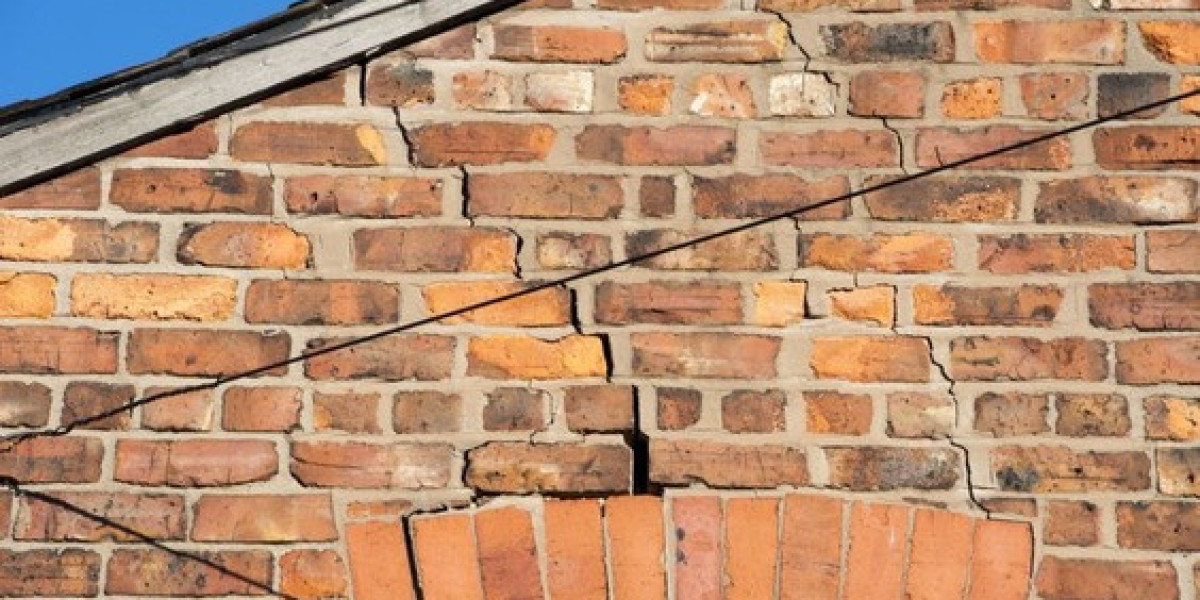What Is a Dilapidations Survey?
A dilapidations survey is an inspection of a leased property to assess its condition relative to the terms of the lease agreement. The survey identifies breaches of lease obligations, such as repairs, maintenance, or reinstatement, ensuring the property is handed back in the agreed condition.
Typically, the survey is conducted:
- During the lease term: To address ongoing obligations.
- At lease expiry: To ensure the tenant has met their repair responsibilities.
Common Lease Obligations
Obligation | Example |
Repairs | Fixing damaged windows, roofs, or walls. |
Reinstatement | Removing tenant-installed partitions or fittings. |
Decorations | Painting and cleaning before lease expiry. |
Maintenance | Keeping mechanical systems in working order. |
The Importance of Dilapidations Surveys
Dilapidations surveys benefit both landlords and tenants by clarifying obligations and preventing disputes.
For Landlords:
- Ensures Asset Value
A dilapidated survey ensures the property is returned in a condition that aligns with its market value. - Minimises Financial Loss
Identifying issues early allows landlords to reclaim costs for repairs or reinstatement from tenants.
For Tenants:
- Avoids Disputes
A survey clarifies responsibilities, helping tenants address issues before lease expiry. - Reduces Costs
Proactively addressing obligations can minimise the landlord’s claims and associated costs.
Insights into Dilapidations in the UK
In the UK, dilapidation disputes are common in commercial property leases. A study by RICS (Royal Institution of Chartered Surveyors) found that 60% of commercial lease disputes involve dilapidations.
- Average Claim: £7,000 for minor breaches, up to £100,000+ for extensive repairs.
- Resolution Time: On average, disputes take 6–12 months to resolve, potentially delaying re-letting.
These statistics highlight the importance of conducting a dilapidations survey early to prevent costly disagreements.
Key Steps in a Dilapidations Survey
A dilapidation survey follows a structured process to ensure thorough documentation and fair resolution:
- Inspection of Property
The surveyor inspects the property to identify breaches of lease obligations. - Schedule of Dilapidations
A detailed report outlines necessary repairs, reinstatements, and estimated costs. - Negotiations
Surveyors represent landlords or tenants in negotiations to resolve claims fairly.
Example: Dilapidations Timeline
Stage | Timeline | Purpose |
Pre-Lease Inspection | Before signing the lease | Records the initial condition of the property. |
Interim Survey | During the lease term | Identifies ongoing repair obligations. |
Terminal Survey | Within 6–12 months of lease expiry | Prepares for lease end and compliance. |
Challenges in Dilapidations
Dilapidations often become contentious due to:
- Unclear Lease Terms: Misinterpretation of repair and reinstatement clauses.
- Disagreements Over Costs: Tenants may dispute repair costs outlined by landlords.
- Time Pressures: Limited time to address issues before lease expiry.
Engaging a professional surveyor early can help mitigate these challenges.
Benefits of Hiring a Professional Surveyor
A qualified surveyor ensures a comprehensive and impartial dilapidation process.
Advantages for Tenants:
- Expert Negotiation: Surveyors can challenge excessive claims, reducing costs.
- Time Savings: A surveyor streamlines the process, allowing tenants to focus on relocation.
Advantages for Landlords:
- Maximised Returns: Ensures the property is returned in marketable condition.
- Dispute Resolution: Provides an authoritative basis for claims.
The Cost of Non-Compliance
Failing to address dilapidations can result in significant financial and legal repercussions.
Comparative Costs
Scenario | Estimated Cost (£) |
Addressing Issues Proactively | 5,000–20,000 |
Ignoring Obligations | 20,000–100,000 (including legal fees) |
This stark difference demonstrates the value of conducting a dilapidations survey in a timely manner.
Dilapidations and Sustainability
With the UK’s focus on sustainability, dilapidations now include environmental considerations. For example:
- Reinstatement clauses increasingly address energy-efficient installations.
- Sustainable materials are preferred for repair work.
These trends reflect the growing importance of aligning lease obligations with environmental goals.
Conclusion
A dilapidations survey is an essential tool for ensuring lease compliance and maintaining positive relationships between landlords and tenants. By identifying and addressing obligations early, this process mitigates disputes, saves costs, and protects property value.
Whether you’re a landlord safeguarding your investment or a tenant preparing to vacate, hiring a professional to conduct your dilapidation survey is a smart, proactive step.



